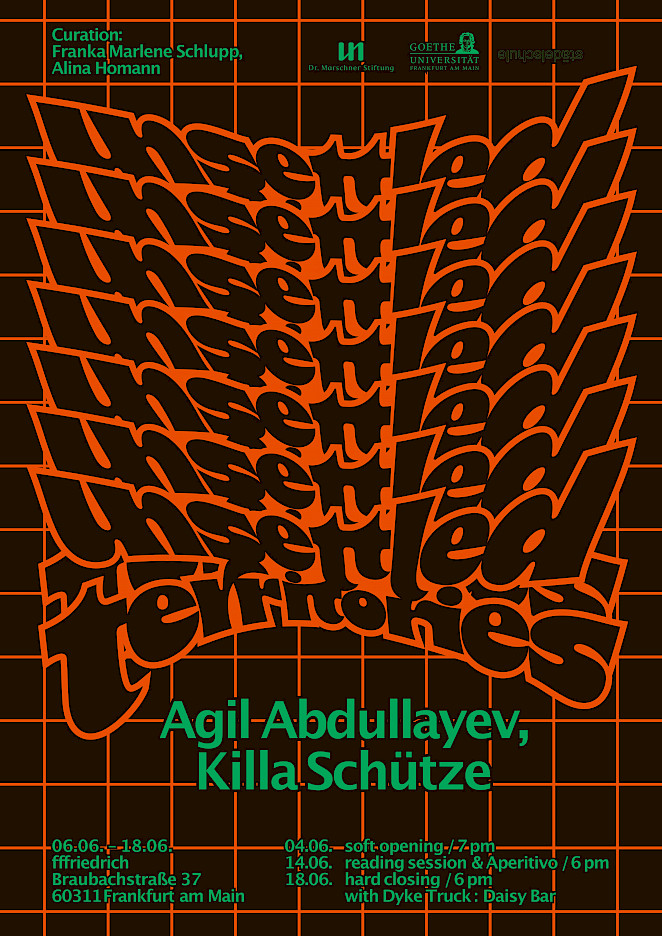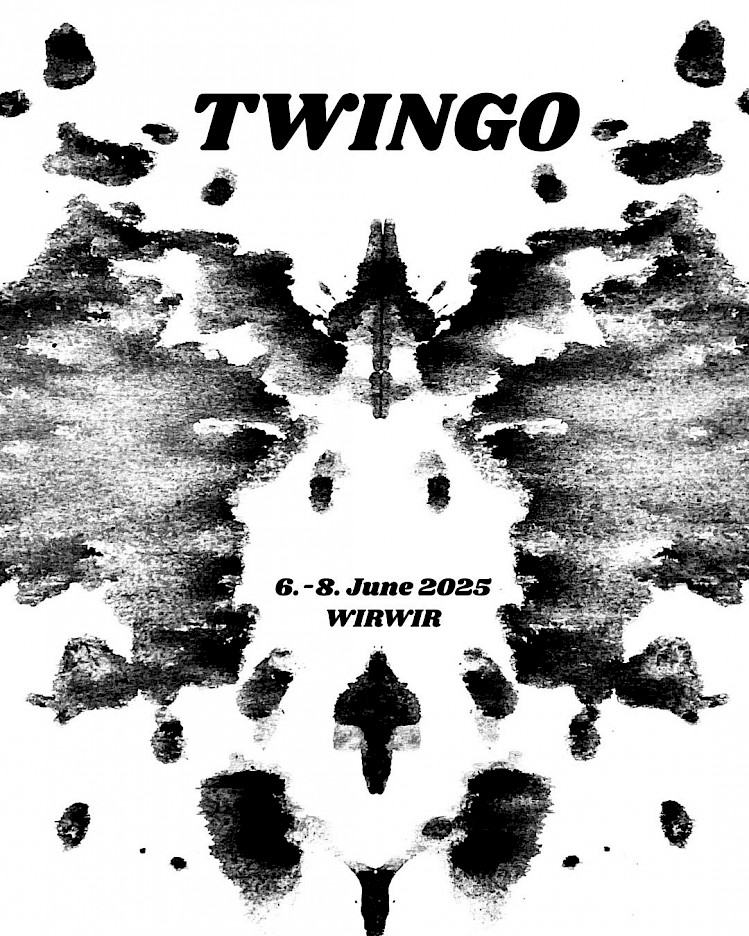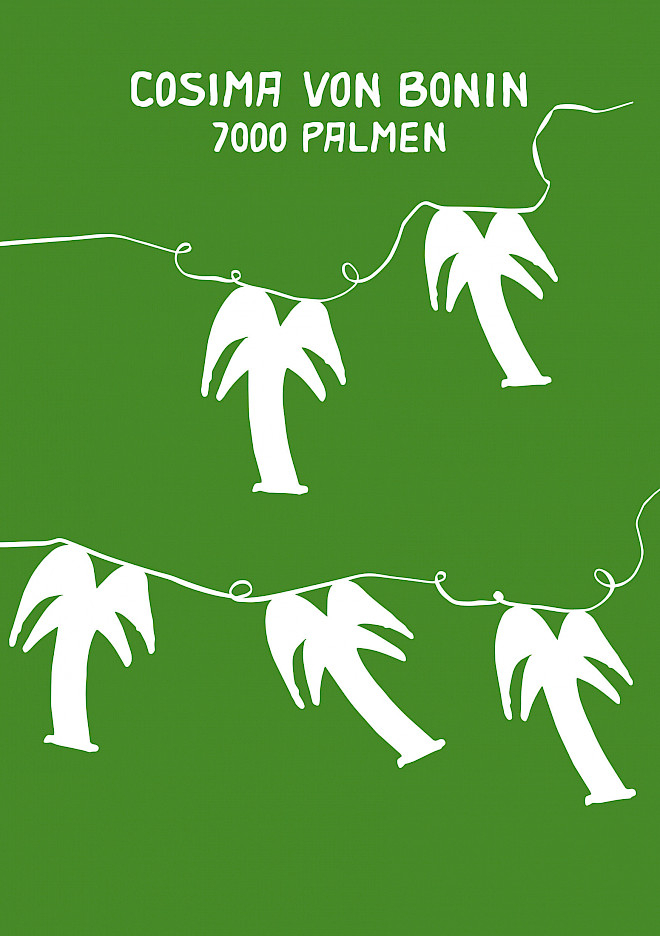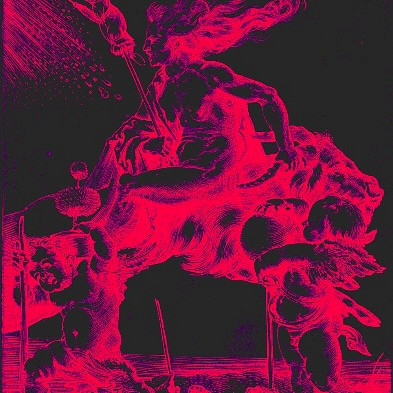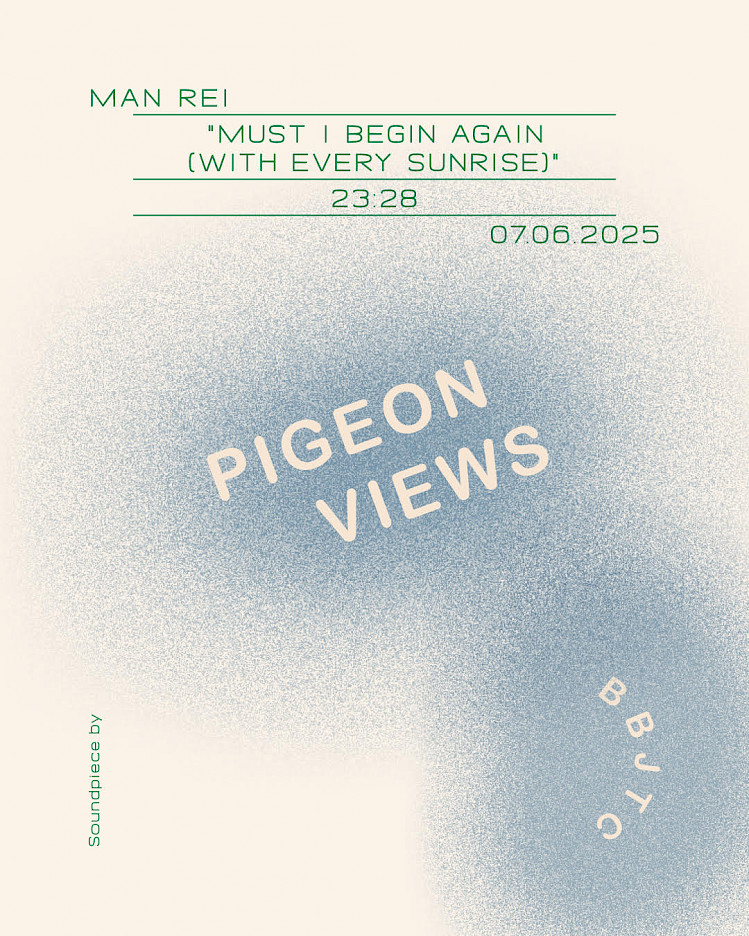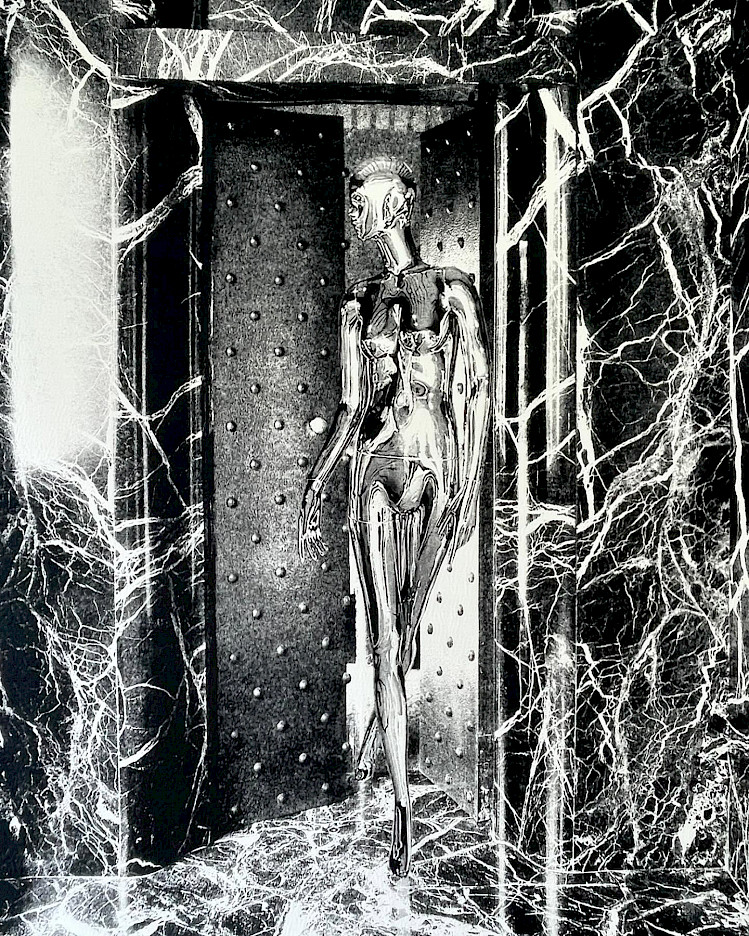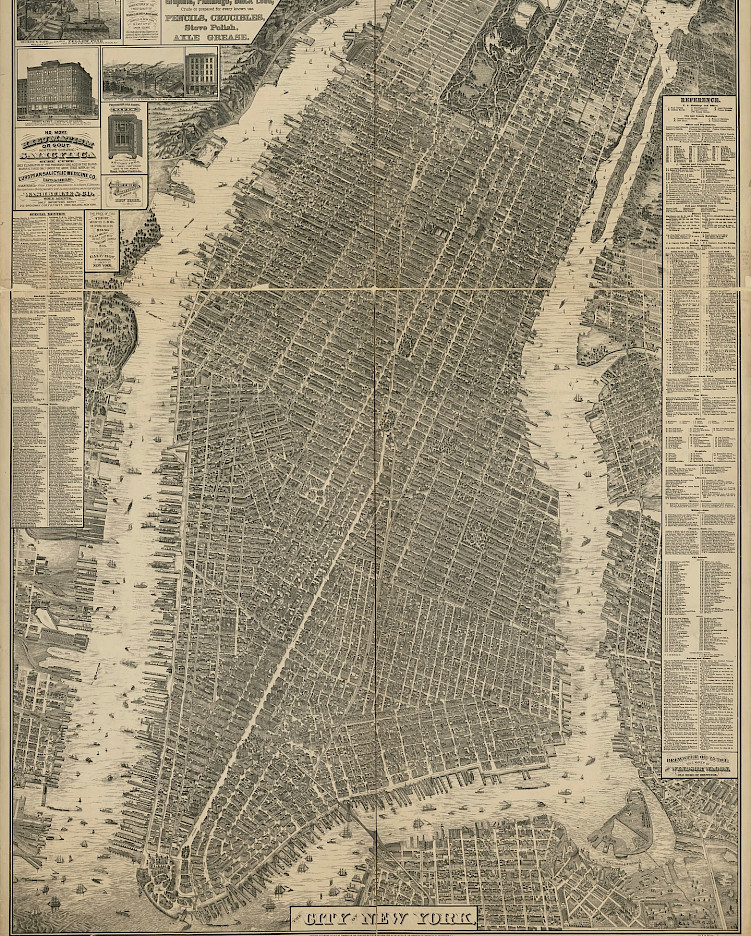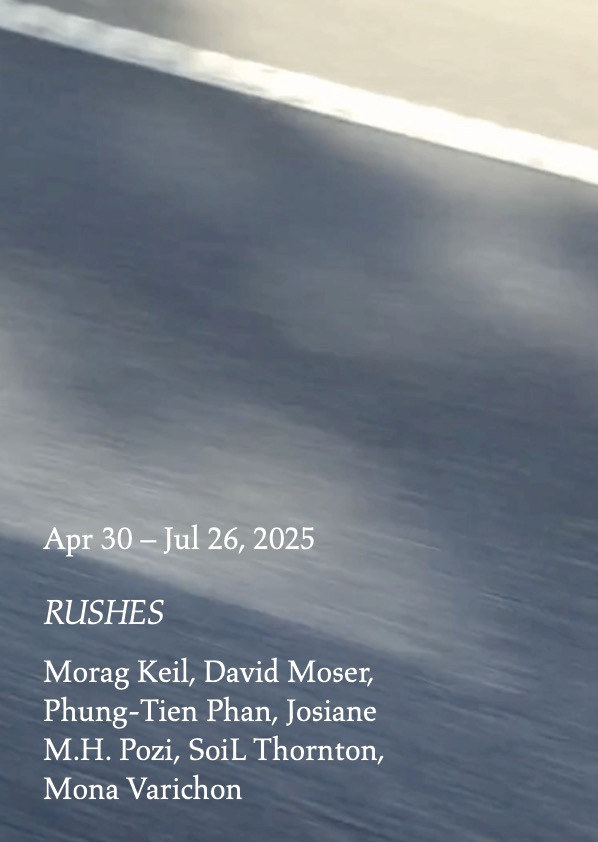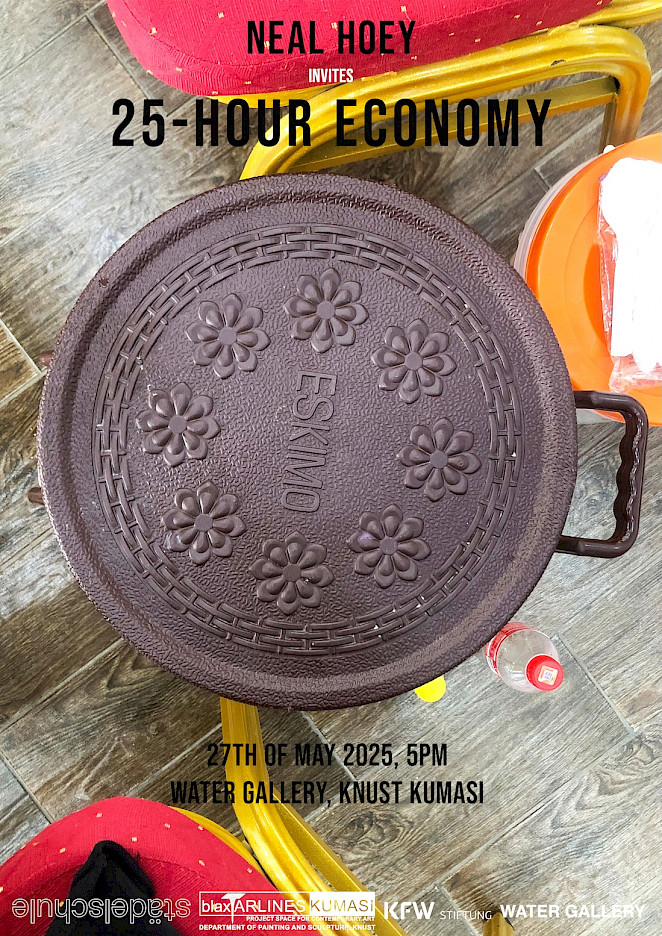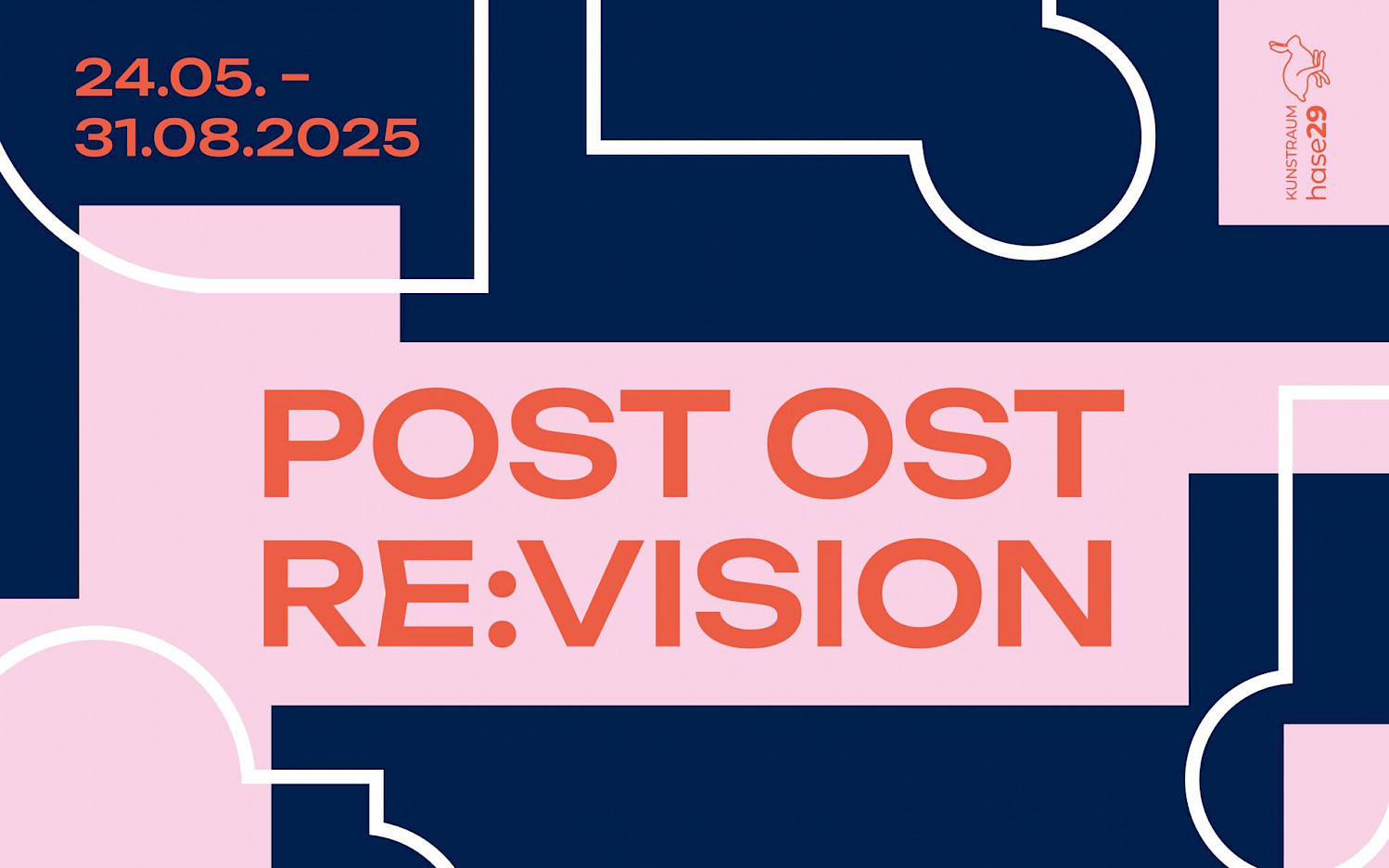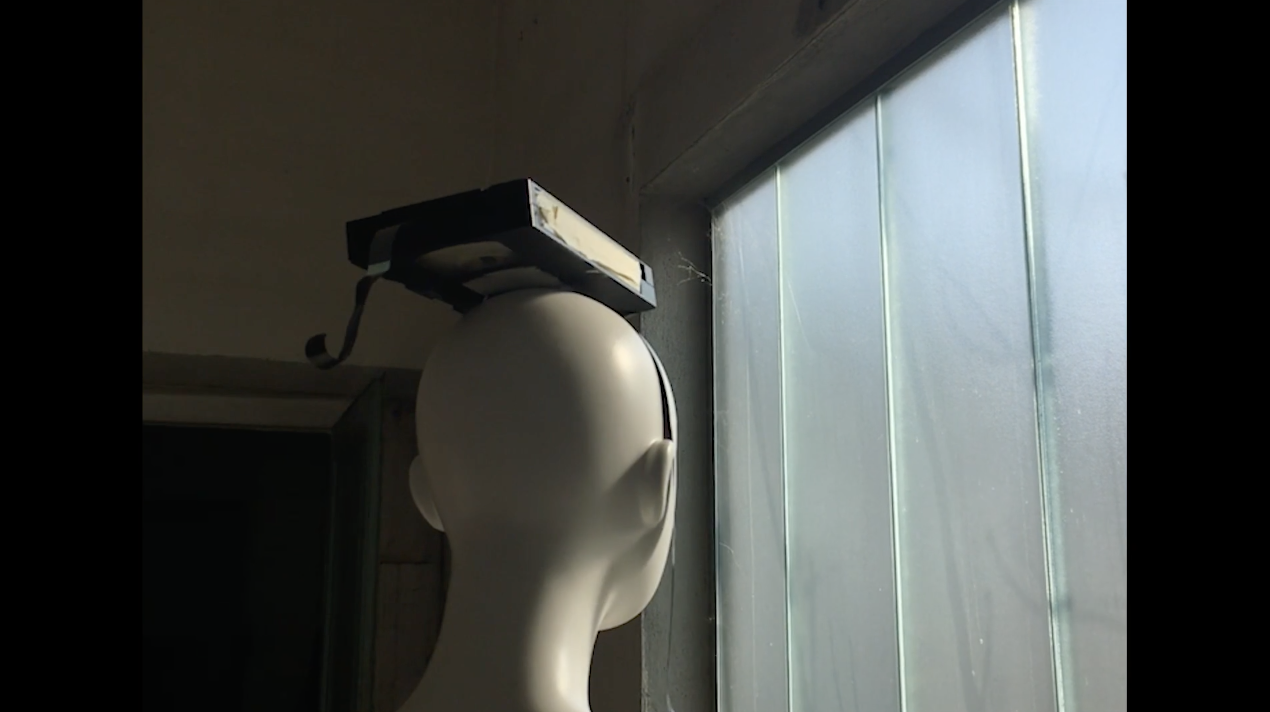Film 07:09 min, 2021
Nostalgia, you highly flammable substance! How easy it is, by confusing the personal with the impersonal, to scorch one's fingers in the embers of emotion and bygone times. And if not paying attention, one can lose their charred heart in a wink to the blazing spectacle as well.
But Eugen Wist is obviously aware of this danger. Here, the sequences crackle and flicker not with a burning odor, but a cool breeze of doubt at center stage. In keeping with Svetlana Boym's notion of reflective nostalgia,1 Wist’s film tolerates contradictions and lingers in the ambivalences of human longing and belonging instead of following a logic that seeks truth and tradition, yet only finds hollow symbols and conspiracies. Here, possibilities to inhabit several places simultaneously are explored: the grandmother in the field in Russia, the Love Parade in Hamburg, the studio building of the Städelschule. The present and the past, past future and future past, all exist in parallel. What is shown hovers, for four hundred twenty-nine seconds, in the limbo of departure. Toleration instead of expulsion – and the recurring motive of hope: dancing, laughing, Westgeld.
Politics
In the wake of the liberalization under Mikhail Gorbachev in the mid-1980s and the subsequent implosion of the Soviet empire, some 2.3 million so-called Russian-German (late) resettlers and their family members returned to their "historic homeland." This “home,” however, welcomed them with a twofold alienation: in Russia they were the Germans, in Germany Russians. The disintegration of self-perception and perception of others resulted in an identity conflict, a double exclusion that ran counter to the aspiration of living in Germany as "Germans among Germans." This realization shaped an entire generation.
At the end of the film, a misunderstanding: the cameraman explains on tape how difficult it is to capture reality with a camera the same way you perceive it with your own eyes. But that was never the goal of amateur footage. Rolling stones in a mine, the slurping voice of Boris Yeltsin, the hometown of Sheregesh in 1993; in their documentary nature, private photo and video recordings serve first and foremost self reassurance: “Look, I have been.” Imagery of childhood, home and relatives feed our identity, they secure our existence.
The changing locations, the physicality of the video tapes, the self-referencing forms of the duck neck, street lamp and elephant trunk, point to a simple fact: Identity is patchwork and always linked to given social conditions. Through this ongoing dialogue, the question “Who am I?” remains valid for a lifetime.
Max Eulitz
1 Svetlana Boym, The Future of Nostalgia, Basic Books (New York), 2001
Eugen Wist (b. 1989 in Sheregesh, Russia) studied Fine Arts at the University of Applied Arts Vienna and graduated in 2020 from Städelschule Frankfurt. His artworks and mise-en-scène-like installations, draw upon elements of longing, transience, alienation, and a sense of melancholia. His experience of migration was an incisive turn of fate that is reflected upon throughout his practice. Wist uses a range of materials, whereby the traces of being recycled or readymade linger, echoing the ambivalence of the past and the present
Supported by Behörde für Kultur und Medien der Freien und Hansestadt Hamburg und Hessische Kulturstiftung
